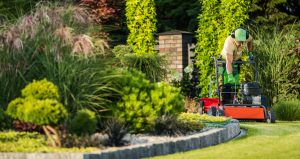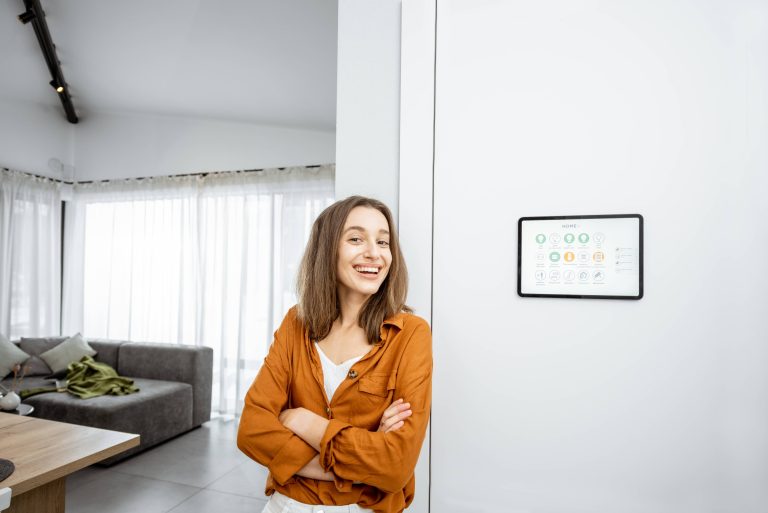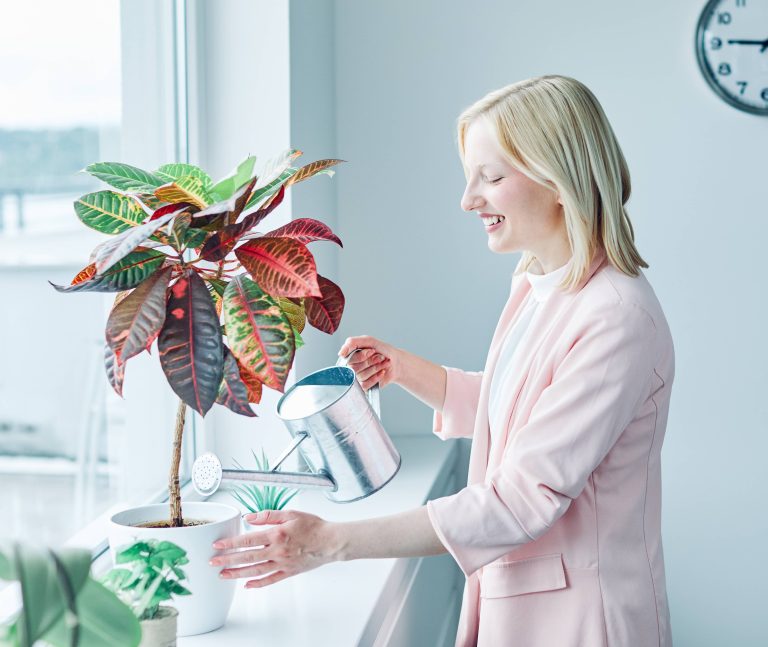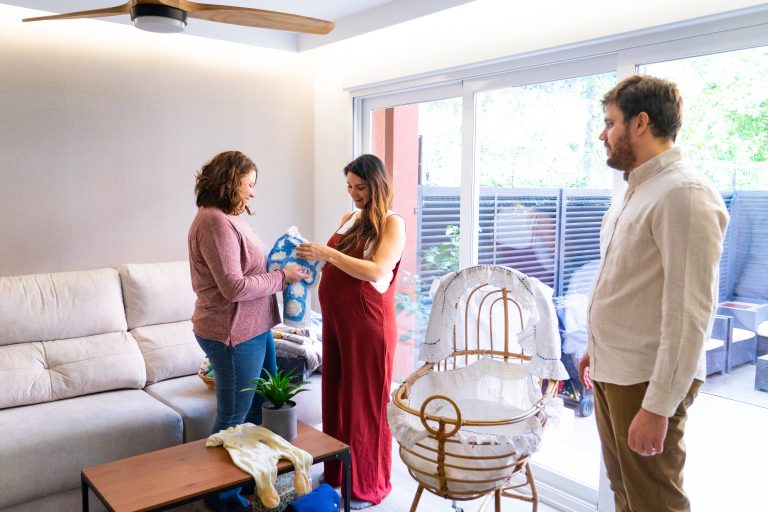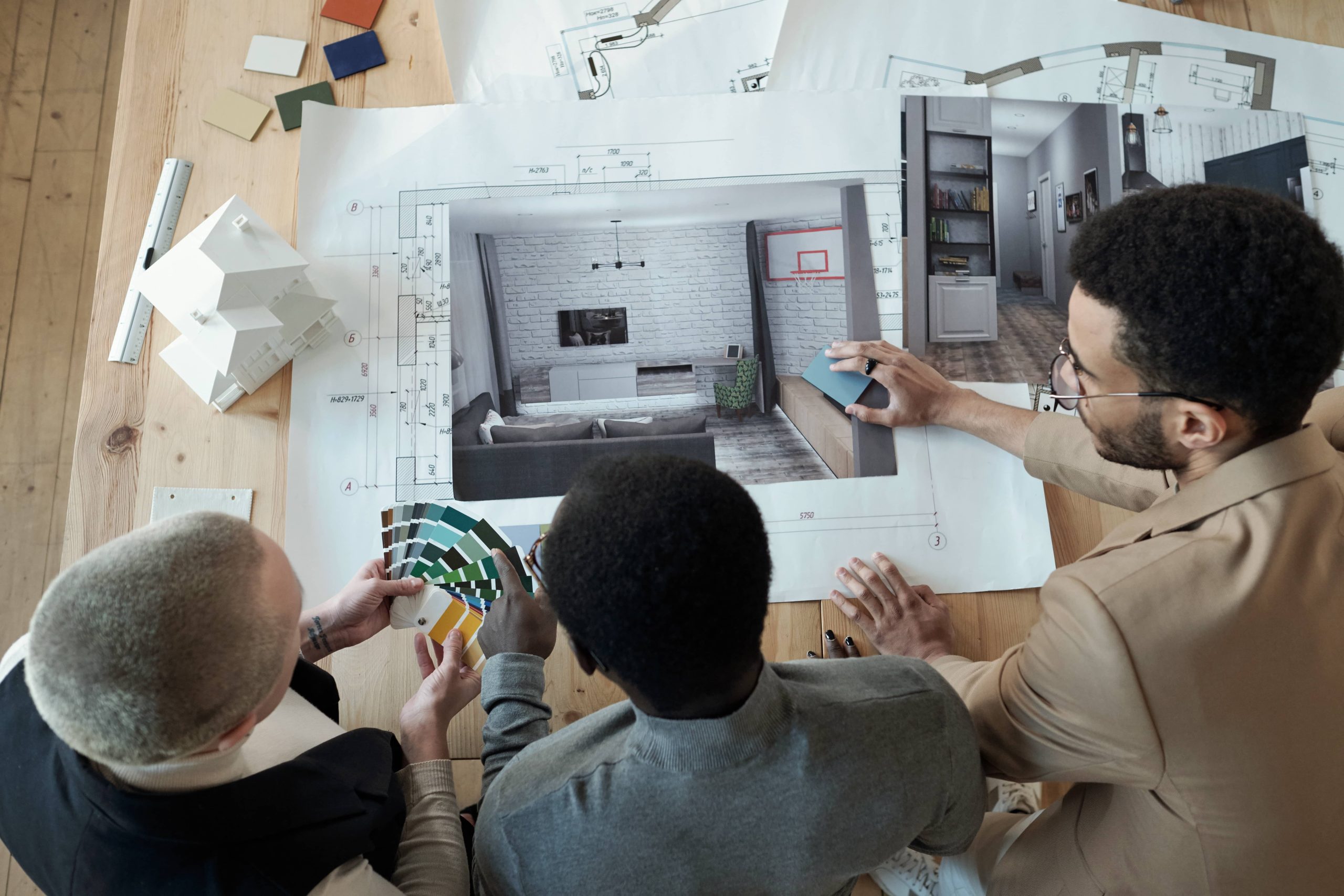
In an era where architectural boundaries are continually being challenged, blending indoor and outdoor living spaces has risen as a trend that redefines how we interact with our living environments. Bringing the outside in, or alternatively pushing the inside out, challenges traditional spatial separations and creates a harmonious ambiance imbued with the essence of nature. This seamless flow between spaces not only maximizes your home’s utility but also enhances your lifestyle, promoting well-being and sustainability. With modern designs at the forefront, let’s explore how you can merge these two realms to create a serene and functional living space.
The Concept of Seamless Transition
The idea behind blending indoor and outdoor living is to facilitate a seamless transition that allows fluid movement between spaces. Traditional design focused on clear demarcations between the two, often characterized by solid walls and barriers. Modern design philosophies, however, advocate for a more open approach. This involves using similar materials, colors, and textures both inside and out to create a sense of unity. Focus on continuity—match your indoor flooring with patio decking or use large glass doors or windows that open completely to erase the borders between indoors and outdoors.
Harnessing Natural Light
One of the primary benefits of integrating indoor and outdoor spaces is the increased presence of natural light. Large glass doors, floor-to-ceiling windows, and skylights can flood your interiors with daylight, diminishing the need for artificial lighting and reducing energy costs. In addition to boosting mood and general well-being, natural light also enhances the appearance of your indoor spaces, highlighting colors and architectural features. Consider positioning your garden or outdoor features in such a way that they reflect light into your home. For added privacy and light diffusion, think about adding translucent curtains or strategic landscaping with tall plants or lattices.
Choosing Unifying Materials
A key tactic for merging these spaces is careful material palette selection. Using consistent materials will eliminate the visual barriers between interior and exterior. For example, you might extend your living room’s wood flooring onto your patio, or mirror the concrete of your outdoor pathway into the design of your kitchen and dining area. Think about using durable materials that can withstand varying weather conditions while remaining stylish and comfortable. Natural materials, such as stone, wood, and bamboo, are ideal options, creating a warm, inviting atmosphere that echoes the essence of the outdoors.
Furniture and Décor Synchrony
Creating a connection between your home’s indoor and outdoor areas involves more than just architecture and materials—it also requires a thoughtful approach to furniture selections. Invest in versatile furniture that can easily transition between spaces, promoting fluidity and continuity. This might include adding cushions and throws in similar styles and colors as your indoor décor, or using weatherproof furniture that looks as good indoors as it does outside. Accessories like rugs, lighting, and decorative pieces can also help intertwine the decor style of your indoor and outdoor areas, contributing to a unified visual flow.
Sustainable Landscaping Design
The essence of outdoor living extends beyond patios and balconies into sustainable landscaping. Adopt a design that harmonizes with your indoor space. Choose native plants that thrive in your climate to reduce water usage and promote wildlife. Incorporate edible gardens, vertical gardens, or water features to add tranquility and functionality to your outdoor space. Not only does this enhance the aesthetic appeal, but it also offers environmental benefits, reducing your home’s carbon footprint while encouraging ecological balance.
Incorporating Smart Technology
Modern design in this context doesn’t exclude technology. In fact, smart home integration can elevate the indoor-outdoor experience to new heights. Automated blinds, lighting systems, and retractable glass walls are great examples of how technology can assist in achieving a seamless connection. Climate control devices, such as smart fans and heaters, make it possible to enjoy your outdoor space throughout the year, regardless of weather conditions. Implementing smart irrigation systems ensures your landscape stays green and lush with minimal effort, freeing up more time for you to relish your beautifully blended space.
Fostering a Healthy Lifestyle
Expanding living spaces to include the outdoors encourages a healthier lifestyle, both physically and mentally. Access to fresh air, greenery, and sunlight from the comfort of your home can significantly contribute to reducing stress and improving overall wellbeing. By crafting spaces that invite outdoor activities like yoga, meditation, or even dining under the stars, you’re creating opportunities for refreshing experiences right at home.
Conclusion: The Future of Living Spaces
Integrating indoor and outdoor living is more than just a design trend—it’s a lifestyle enhancement that offers both aesthetic beauty and practical benefits. As we move towards more sustainable and intentional ways of living, creating harmonious spaces that merge the comforts of home with the allure of nature will remain at the forefront of modern design. By focusing on continuity, utilizing natural materials, and embracing technology, homeowners can create captivating environments where the boundary between indoor and outdoor is delightfully blurred.
Blending these realms requires a thoughtful and strategic approach, but the reward is a tranquil, cohesive living space that nourishes both body and soul. Now more than ever, the fusion of indoor and outdoor living represents the future of home design, encouraging a balance between human needs and ecological responsibility, all within the comfort of your personal sanctuary.




